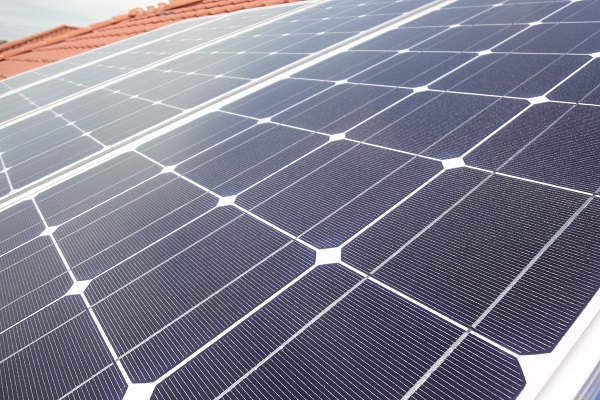ARENA launches funding round to address solar panel end-of-life issues and increase efficiency
ARENA has announced that up to $15 million in funding will support research into solar panel end-of-life issues, how to increase the efficiency of the units and lower the cost.
As the number of solar panels increases, the need for sustainable methods of managing and extracting value at the end of its life cycle will become more important. The round of funding by the government body will invest in projects to recycle materials, increase the value of recycled materials or even innovations for re-using components.
ADVERTISEMENT
In addition to end-of-life issues, the funding also hopes to increase efficiency and cost-effectiveness. Funding will go towards the ARENA-established solar R&D sector. ARENA’s fifth round of R&D supports solar in the following areas:
- end-of-life: new solutions, including upfront solar panel designs and end of life processing, that increase the cost-effectiveness of sustainable end-of-life management of solar panels
- advanced silicon: improvements to the overall cost-effectiveness of silicon-based panels already in mass market production, and their production processes
- tandem silicon: increasing the cost-effectiveness of silicon-based solar through the use of tandem materials; and
- new materials: development of new materials with the potential to either reach breakthrough cost-efficiencies, or the potential for new deployment applications.
“Currently, solar panel recycling adds a cost to the supply chain. R&D can help find innovative solutions to reduce this cost, enabling sustainable and cost effective management of solar panels at the end of their life,” ARENA chief executive Darren Miller says.
“The funding round also aims to build on Australia’s excellence in solar R&D, to increase efficiencies and drive down costs even further and help bring about the next generation in solar technology. More efficient and lower cost solar can underpin the growth of a renewable hydrogen industry, can drive the electrification of transport and industrial processes and can reduce the costs of delivering secure and reliable renewable electricity.”
-
ADVERTISEMENT
-
ADVERTISEMENT


